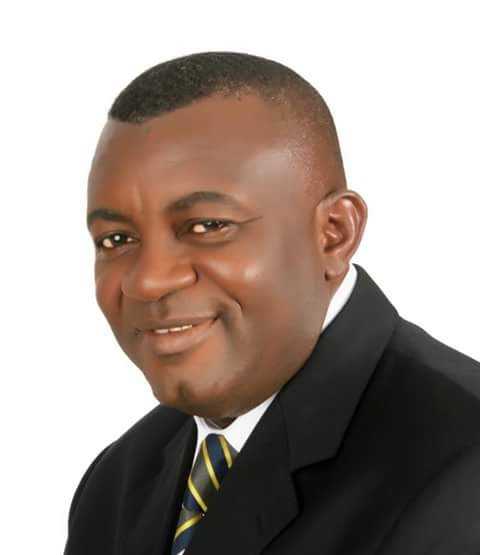By Annette Dixon & Hafez Ghanem
WASHINGTON, DC – Inundated by bleak headlines and even bleaker forecasts, it is easy to forget that, in many ways, the world is better than it has ever been. Since 1990, nearly 1.1 billion people have lifted themselves out of extreme poverty. The poverty rate today is below 10% – the lowest level in human history. In nearly every country, people are healthier and better educated than ever before. Yet, as a just-released Goalkeepers report underscores, hardship remains the norm for many people worldwide, who continue to face high barriers to building a healthy, productive life.
Nowhere is this truer than among the poorest residents of the Sahel region of Sub-Saharan Africa. The countries of the Sahel rank among the world’s lowest on the Human Capital Index, which quantifies the contribution of health and education to the productivity of the next generation of workers. According to the Goalkeepers report, a child in Chad is 55 times more likely to die in the first five years of life than a child in Finland. Nearly half the people living in Chad live below the poverty line, only 50% of children attend school, and just 15% of sixth-graders are able to read a simple story. Poverty is exacerbated by climate change, conflict, and displacement, making it even more difficult for families to invest in their human capital.
To ensure that all people – not just those lucky enough to be born into relative geographic, gender, or socioeconomic privilege – can fulfill their potential, governments must invest more in human-capital formation. This means strengthening education systems, so that residents can acquire the skills they need to thrive economically. And it means ensuring access to quality health and nutrition services.
Just as malnourished or otherwise unhealthy adults are less productive, malnourished or otherwise unhealthy children cannot learn as effectively, let alone grow into healthy, productive adults. But making the most of such investments demands not only generalized efforts, but also delivery of services tailored for girls and women, from family planning through childhood and adulthood.
Such services can enable girls to stay in school longer, gaining the knowledge and skills they need to participate effectively in the labor force. By allowing girls and women to choose to delay pregnancy and child-rearing until they are ready, such services not only support women’s empowerment; they also advance economic progress.
Healthier, better-educated mothers have healthier, better-educated families, not least because women tend to invest more of their incomes in their children. Through this channel, woman-focused health services ultimately help to raise living standards and break the cycle of poverty, while spurring broader economic development.
To help countries to reap these benefits, in 2017 the World Bank created the Human Capital Project, which works to catalyze investments in health and education, and to guide them in ways that provide all people with equal opportunities to thrive. The Bank is also cooperating with partners to achieve a 50% increase in overall resources for human capital in Africa by 2023, with a focus on fragile and conflict-affected countries.
Our experience working in challenging contexts has shown that, to make the most of these investments, countries must pursue an integrated multisector approach, tailor interventions to each community’s needs, and engage all stakeholders, from religious leaders and health workers to mothers and husbands. The Sahel Women’s Empowerment and Demographic Dividend Project (SWEDD) – supported by the United Nations Population Fund, the Bill & Melinda Gates Foundation, and other development partners – is a case in point.
SWEDD is working closely with governments in the Sahel to equip them to provide health and nutrition support, advance gender equality, improve school quality, and introduce social safety nets. To support this process, SWEDD is pursuing innovative initiatives in a broad range of countries, from Benin to Côte d’Ivoire.
In Burkina Faso, current and future husbands are learning about the importance of family planning and of distributing household chores more equally at one of more than 1,600 “husband clubs.” In Mauritania, SWEDD is working with community and religious leaders to help reduce gender discrimination, violence against women, and child marriages.
In Chad, SWEDD-backed vocational training programs are equipping women with marketable skills, such as driving tractors and installing solar electrical systems. And in Mali, SWEDD is distributing bicycles to help girls get to school and providing support to midwives, so that they can provide critical prenatal, delivery, and postnatal health services in poor areas, thereby reducing maternal and infant mortality.
If the world is to continue to improve, let alone achieve the UN Sustainable Development Goals, poor countries like those in the Sahel must strengthen their human-capital foundation. It will not be easy, but experience shows that with sustained investment, close coordination, and an inclusive approach, it is possible.
_____________________________________________________________________
Dixon is Vice President of Human Development at the World Bank Group. Hafez Ghanem is Vice President of the World Bank for Africa.








